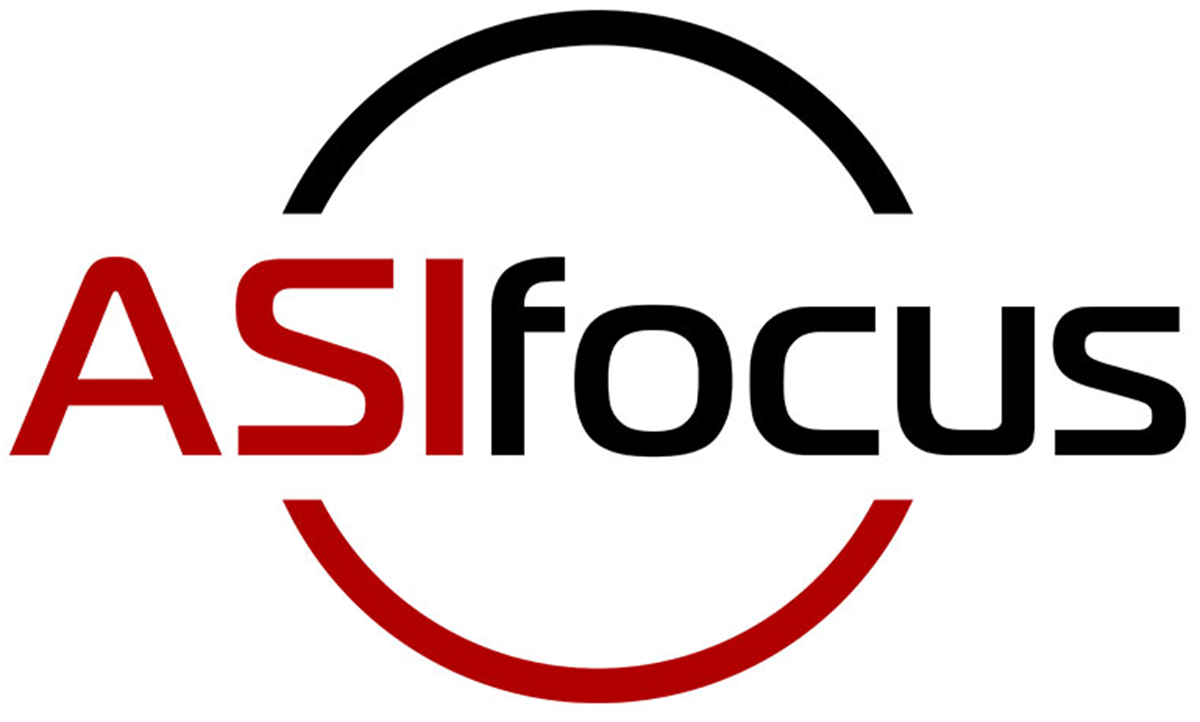In healthcare, getting paid isn’t always simple. Between insurance plans, copays, deductibles, and government programs, it can take weeks (or longer) for providers to receive full payment. That’s where Revenue Cycle Management, or RCM, comes in.
So, What Is RCM?
RCM is the end-to-end process that healthcare providers use to manage the financial side of patient care—from the first appointment to the final payment. It ties together administrative tasks, clinical data, and billing activities to make sure everyone gets paid accurately and on time.
It starts when a patient schedules an appointment and ends when every dollar owed (by insurance or the patient) is collected. Along the way, RCM uses billing software, coding systems, and integrated workflows to keep things running smoothly.
Why RCM Is So Crucial in Healthcare
In most industries, billing is pretty straightforward: deliver a service, send an invoice, get paid. In healthcare? Not so much.
You’ve got pre-authorizations, insurance verification, coding standards, billing rules, and strict regulations. Every misstep—wrong code, missing info, expired insurance—can delay payment or result in denial. RCM helps manage all that.
When done right, RCM:
- Reduces billing errors
- Speeds up payments
- Strengthens cash flow
- Improves patient satisfaction
- Supports long-term financial health
Key Stages of RCM
Let’s break down what happens behind the scenes:
- Patient Registration: This is where it starts—collecting demographics, insurance info, consent forms, and financial agreements.
- Insurance Verification: Before care begins, coverage is confirmed to avoid claim denials later.
- Charge Capture: After treatment, services are documented and recorded for billing.
- Medical Coding: Clinical notes are translated into standardized codes (CPT, ICD, HCPCS) that insurance companies recognize.
- Claim Submission: Claims are sent (often electronically) to payers for review.
- Remittance Processing: Payments are posted, denials are flagged, and adjustments are made as needed.
- Patient Billing: Patients are billed for what insurance doesn’t cover (copays, deductibles, etc.).
- Follow-Up: If claims are denied or delayed, staff follows up with insurance companies to correct and resubmit.
- Appeals: Denials are appealed if needed—especially if errors or missing info caused the issue.
- Reporting: Financial reports help leadership track performance and spot revenue gaps.
Common RCM Challenges
RCM is effective—but it’s not easy. Common issues include:
- Ever-changing insurance rules: Medicare vs. commercial plans have different requirements.
- Regulatory compliance: Billing rules shift constantly at the federal and state levels.
- Siloed systems: Practices using different platforms for billing, EHR, and scheduling often struggle with inefficiencies.
- Credentialing delays: Without payer approvals in place, you can’t even bill for services.
- Data overload: RCM tools generate tons of data, but interpreting it correctly requires the right tools and expertise.
How Technology Helps
Trying to manage RCM manually is a recipe for delays and errors. That’s why tech is transforming healthcare finance.
Modern RCM platforms automate tasks like claim creation, coding, billing, and reporting. These tools help:
- Avoid human error
- Speed up payments
- Flag denials early
- Track revenue in real time
When integrated with your Electronic Health Record (EHR), it creates a seamless flow from care delivery to payment collection.
Choosing the Right RCM Solution
Picking the right system depends on your size, specialty, and team. Here’s what to look for:
- Key features: Claims management, payment tracking, reporting dashboards, EHR integration.
- Scalability: Small practices need easy-to-use tools; larger ones need customizable, multi-site support.
- Vendor support: Choose a provider that offers thorough onboarding, training, and ongoing support.
Best Practices for Smooth RCM
Even with great software, you need solid workflows to get results:
- Standardize processes: Use checklists and protocols for every step in the patient journey.
- Train your staff: Everyone—from front desk to billing—should understand their role in the revenue cycle.
- Tackle denials fast: Have a system for reviewing, correcting, and resubmitting claims quickly.
- Keep patient data current: Validate info regularly to prevent billing delays.
- Assign an RCM lead: A dedicated manager can keep processes running smoothly.
- Review performance regularly: Use your RCM reports to track trends, find bottlenecks, and make improvements.
Metrics That Matter
To see how well your RCM is working, monitor these KPIs:
- Days in Accounts Receivable (AR): Lower is better, which means you’re collecting faster.
- Claim denial rate: High denial rates mean something’s off—either in coding, verification, or submission.
- First-pass claim rate: Measures how many claims are accepted the first time. The higher, the better.
- Net collection rate: Indicates the proportion of revenue that is successfully collected.
- Days from discharge to bill: Long delays here can mean lost revenue.
- Bad debt: Revenue you’ll never collect—often due to poor communication or follow-up.
How Sage and ASI Can Help
Revenue Cycle Management isn’t just about billing—it’s about creating a system where care, payment, and compliance work together. Done well, RCM strengthens your financial health, improves the patient experience, and supports your long-term growth.
The right mix of people, process, and technology can turn RCM from a back-office burden into a strategic advantage. Both Sage 100 and Sage Intacct have software to help you with healthcare financial management and ASI can help you with either choice. Contact us if you have questions or need assistance!

